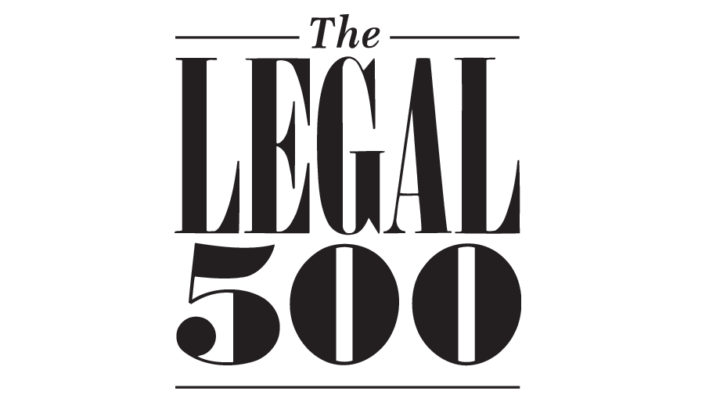BCL senior associate Tom McNeill’s article ‘Fire authority investigations: An introduction to fire safety enforcement’ has been published by FIRE Magazine.
Here’s an extract from the article:
Following the Grenfell Tower tragedy, fire safety has come under ever greater scrutiny. There is increased pressure on responsible persons to comply with fire safety duties and on fire authorities to take enforcement action. To aid regulatory control and enforcement, the Government has published two new bills relevant to fire safety. Against that background, below is a general introduction to fire safety enforcement.
In brief
The Regulatory Reform (Fire Safety) Order 2005 (‘the Order’) imposes onerous fire safety duties on persons in control of non-domestic premises and the common parts of domestic premises breach of which can be a criminal offence punishable by an unlimited fine and/or imprisonment. The Order grants extensive powers to fire authorities (and in specific circumstances other authorities) to investigate and prosecute such offences.
Who has which duties?
Under the Order, the ‘responsible person’ is the person in control of the premises whether as employer or in connection with an undertaking, or the owner.
The responsible person must:
- undertake a suitable and sufficient fire risk assessment for the purpose of identifying general fire precautions that are needed to comply with the Order
- take such general fire precautions as will ensure safety so far as reasonably practicable (or as may reasonably be required in the circumstances)
- comply with other fire safety duties specified in the Order (for example, in relation to fire detection).
The fire safety duties imposed on the responsible person are also imposed on every other person who has control of the premises to the extent that requirements relate to matters in their control, including in relation to maintenance, repair or safety of the premises by virtue of any contract or tenancy.
The duties are overlapping and in places obscurely drafted but sufficiently broad that any person with some degree of relevant control will likely be caught – whether as an employer, business, owner, tenant, management company, fire risk assessor, maintenance company, etc..
The duty on the responsible person to undertake a suitable and sufficient risk assessment is strict i.e. not bounded by considerations of funds, resources, time or effort. Otherwise, dutyholders will have to take all reasonably practicable steps (or as may reasonably be required in the circumstances) to satisfy the duty.
What does reasonably practicable mean?
Reasonably practicable is narrower than physically possible: an assessment must be made in which the degree of risk is placed on one side of the scale and the sacrifice involved in taking any of the general fire precautions for minimising or averting the risk, whether in money, time or trouble, is placed on the other. If it can be shown that there was a great disproportion between any of them – the risk being insignificant in comparison to the sacrifice involved – then the taking of that precaution was not reasonably practicable.
It is unclear if taking such general fire precautions as may reasonably be required in the circumstances is a lower duty than ‘reasonably practicable’.
This article was published by FIRE Magazine on 23/06/2021. You can read the full version via PDF here.




